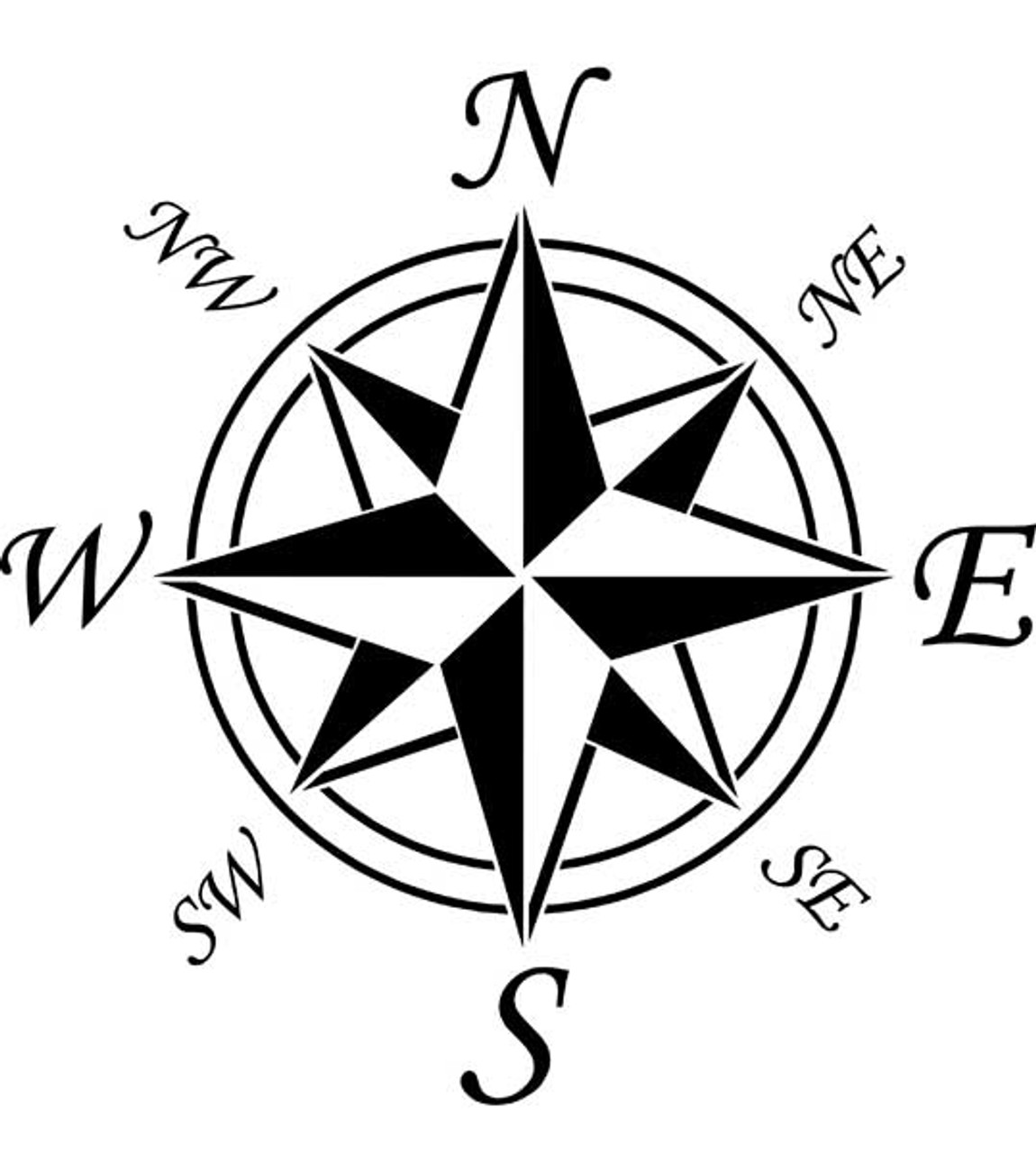Define core routines in EE
Habits that cultivate better connection to nature
Define phenology
The study of seasonal changes in plants, animals, and ecosystems
Discuss at least 3 reasons why keeping a field notebook is useful to environmental educators.
To observe, To build connection to nature/place, To identify plants and animals, To identify patterns, To practice mindfulness, To ask questions
Name at least 5 pathways by which nature-experiences promote learning as summarized by Kuo et al.
(1) Increased concentration
(2) Increased engagement
(3) Reduces stress
(4) Increased self-discipline
(5) Physical activity/fitness
What are SMART learning outcomes?
Specific, Measurable, Audience focused, Relevant, Timed
What are the three levels of questioning and what percentage does each typically take up?
Confidence builders (70%)
Edge questions (25%)
Beyond the edge (5%)
Describe the two predominant cognitive models of nature-culture relations.
(1) Nature culture divides: Places humans on a hierarchy above all other life forms
(2) Nature culture complementarities: Places every species at an equal importance and value
Name 3 ways you can use numbers in nature journaling
Counting, Measuring, Graphing, Timing, Temperature
What is engaged pedagogy?
A term coined by bell hooks that defines education as a practice of freedom
Name the 5 stages of the Awareness to Action framework as laid out in the Tbilisi Declaration
1. Awareness
2. Knowledge
3. Attitudes
4. Skills
5. Participation
Name at least 5 core routines of Coyote mentoring
Sit spot, Story of the day, Expanding our senses, Questioning and tracking, Animal forms, Mapping, Exploring field guides, Journaling, Bird language, Thanksgiving
What are the 6 time scales of histories of place?
Hydrogeologic, Plant/animal/soil, Nation-state, Indigenous peoples, Global, Celestial
What are three things that motivate students to draw and three things that discourage them?
Motivate: specific and sincere feedback, observational drawing/drawing from life, seeing their own improvement
Discourage: insincere feedback, being out of practice, teaching a 'right way' to draw, drawing on a student's page
Define justice, equity, diversity, inclusion, and intersectionality
(1) Justice: Dismantling of systems that create oppression
(2) Equity: Everyone gets the support they need
(3) Diversity: Differences in people and cultures
(4) Inclusion: Intentional recognition and celebration of these differences
(5) Intersectionality: Ways in which holding multiple different identities influence one’s experience in the world
What are the elements of a lesson plan?
Title, Time, Overview, Rationale, Learning Outcomes
Name and describe the 8 chapters of the Book of Nature
Hazards, Motivating species, Mammals, Plants, Ecological indicators, Heritage species, Trees, Birds
Describe the 5 dimensions of relations emphasized in the Power & Historicity framework
Child-child
Child-adult
School-family
School-community
Human-place
Describe at least three best practices for using writing to think and observe in our nature journals.
Event comic, Event map, Poetry of place and movement
Describe the process of backward design for lesson planning
Beginning with the desired learning outcomes and then aligning the activities with them
Name the 7 NGSS crosscutting concepts
Patterns; Cause and effect; Scale, proportion, and quantity; Systems and system models; Energy and matter; Structure and function; Stability and change
What key words are associated with each of the 8 cardinal direction in terms of the Natural Learning Cycle?

(1) NE: Open/Close
(2) E: Inspire
(3) SE: Activate
(4) S: Focus
(5) SW: Rest
(6) W: Gather & share
(7) NW: Reflect
(8) N: Integrate
Name the 4 main cyclical rhythms of the LiP phenology wheel
Seasonal, Planetary, Species, Natural kinds
Name 3 ways that the NGSS learning standards can be met through nature journaling
Physics: analyzing the efficiency of energy production from renewable resources
Math: plot the falling curve of a local endangered species population
Art: express emotions in a sculpture created from litter found locally
Language arts: write a persuasive letter about the environmental health of a local stream
Name three benefits of storytelling in EE
Stimulates learning, strengthens imagination, enhances communication, builds cultural awareness, enhances empathy, encourages critical thinking, builds literacy skills, creates classroom culture
Describe 6 characteristics of quality EE materials
(1) Be accurate and inclusive
(2) Emphasize skill building
(3) Provide depth of understanding
(4) Promote personal and civic responsibility
(5) Be instructionally effective
(6) Be usable